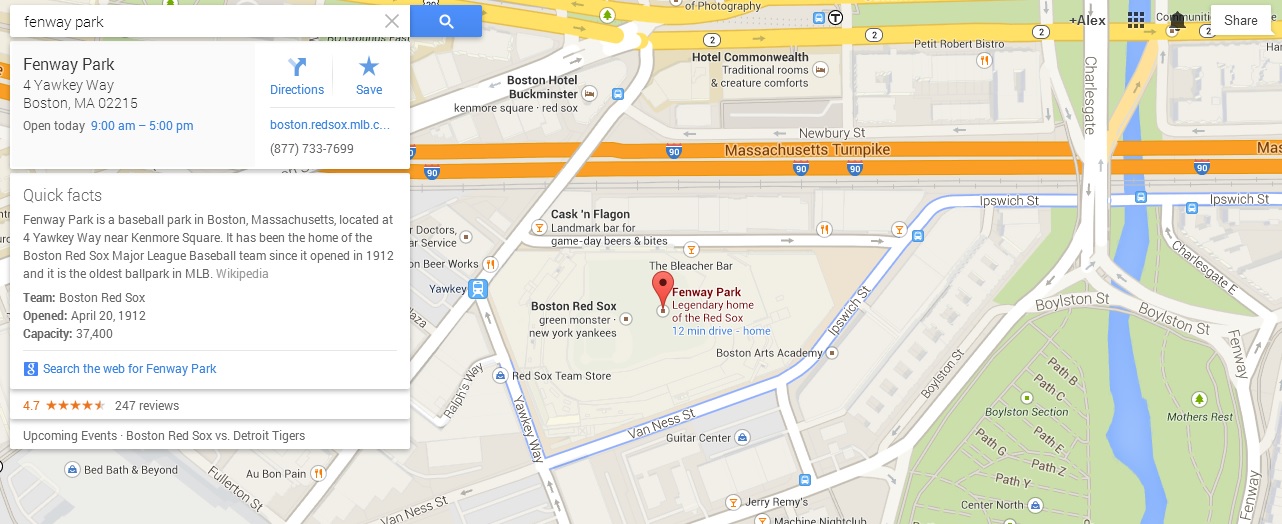Ten years ago, social media was just an upstart trying to stake its claim on the world wide web. Today, sites like Facebook and Twitter account for enormous portions of the traffic on the internet, and they don’t seem likely to slow down anytime soon. For the time being, search is still a bigger driver of traffic.
According to Parse.ly’s Authority Report, search engines accounted for 32.8 percent of all referral traffic during March 2014, with social coming in at 31.2 percent – a statistical dead heat. However, those figures represent a slight uptick for search, which was only at 32 percent in January – and some of that might be due to the semantic web’s spread.
The semantic web: more data in more searches
The newest feature in Google Maps is more of what we’ve seen for some time: Knowledge Graph results. Users who are looking for businesses, locations and landmarks featured on website full of Schema markup will now be treated to informational cards with ‘Quick Facts’ about the their queries – as well as an invitation to visit Google for more data.
As Brafton reported, Google is adamant all businesses should update their location data and register on G+ Local pages. The idea is that the search engine will better be able to conceptualize brands, both in the real world and across cyberspace, in order to provide users with accurate search results. And the more content businesses make available for semantic scraping[context], the more likely they’ll be seen in the searches – like queries for directions.
Remember: Google wants to provide information-irch SERPs whenever possible. In fact, 36 percent of today’s search results draw from Schema markup – and that number will only grow as semantic technology becomes more sophisticated.





